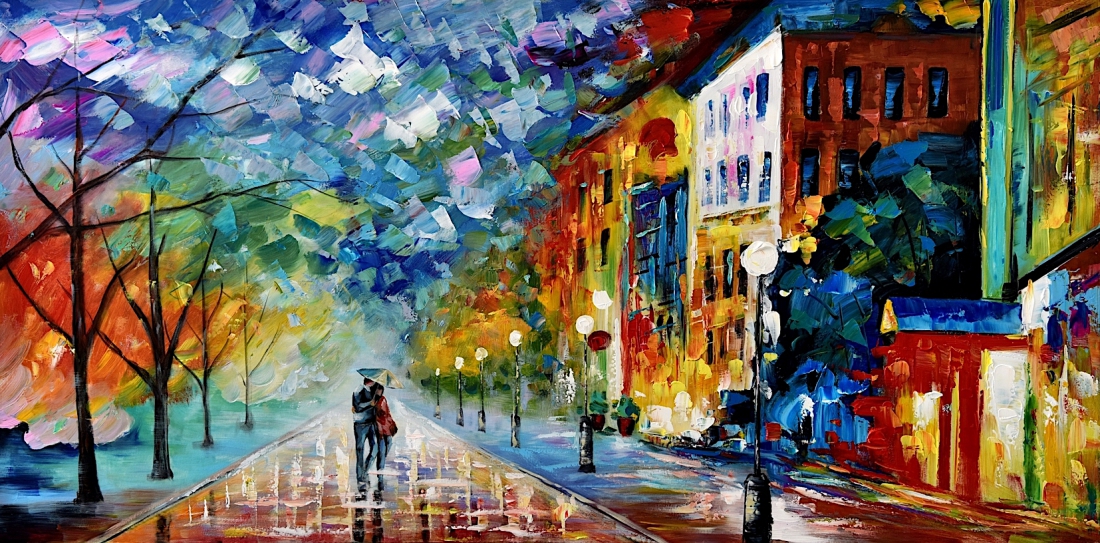Painting, one of the oldest forms of artistic expression, has captivated humanity for millennia. From ancient cave walls to contemporary galleries, the evolution of groot schilderij reflects not only the changes in artistic techniques but also the transformation of human culture and consciousness. In this article, we delve into the timeless allure of painting, exploring its rich history, diverse styles, and enduring significance in the modern world.
A Brief History: The origins of painting can be traced back to prehistoric times, where early humans used natural pigments to adorn the walls of caves with intricate depictions of their lives and surroundings. These primitive paintings served as a means of communication, storytelling, and ritualistic expression. As civilizations flourished, painting evolved, reflecting the aesthetic sensibilities and cultural values of each era.
Ancient civilizations such as those in Egypt, Greece, and Rome left behind a legacy of magnificent frescoes, mosaics, and illuminated manuscripts, showcasing the mastery of color, form, and composition. During the Renaissance, painting reached new heights of innovation and technical prowess, with artists like Leonardo da Vinci, Michelangelo, and Raphael revolutionizing the medium with their groundbreaking techniques and profound artistic vision.
The Modern Era: The advent of photography in the 19th century challenged painting’s traditional role as a means of realistic representation, leading artists to explore new avenues of expression. Movements such as Impressionism, Cubism, Surrealism, and Abstract Expressionism emerged, pushing the boundaries of what constituted art and challenging viewers to see the world through fresh eyes.
